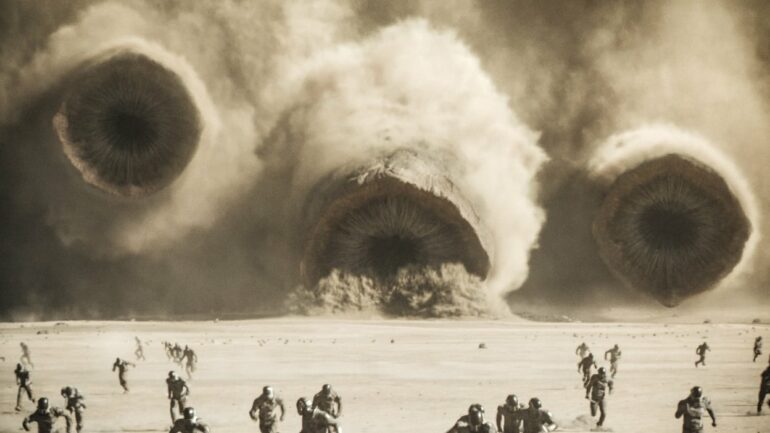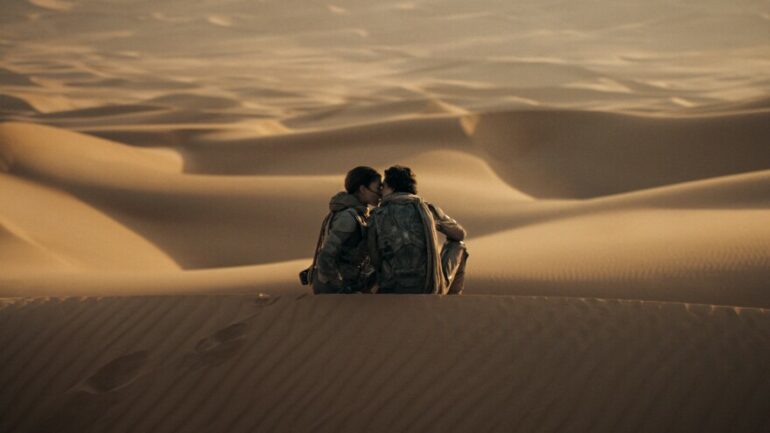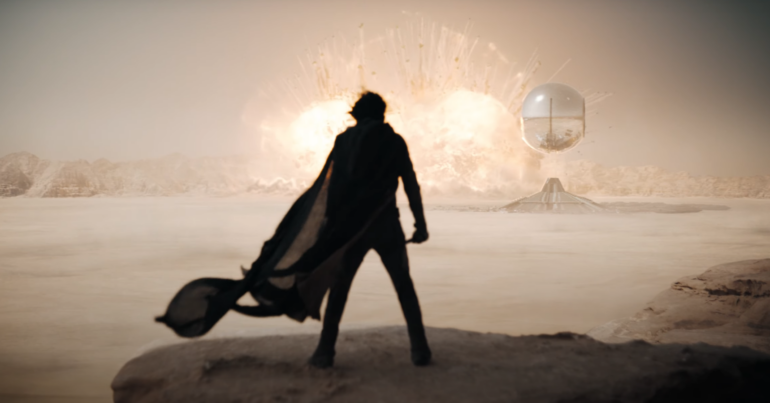Imagine a distant planet, where the sun relentlessly beats down with scorching sands, and scarce water. That’s Arrakis for you.
Arrakis is home to the Fremen, a nomad race with piercing blue eyes who traverse its deserts for survival.

The unforgiving Arrakis is chronicled in Frank Herbert’s timeless novel “Dune.”
Dune Part One and Two adapt this epic about the war of houses protecting the spice.

Abu Dhabi was the location of filming but what would it take for humans to survive if the planet actually existed?
Arrakis features gigantic sandworms, twin moons and the spice, the universe’s most valuable resource for interstellar travel.

Bristol University scientists have implemented a weather prediction model to analyse Arrakis’ conditions.
They were pleased with Herbert’s accuracy in a desert world without a supercomputer or a physics background.
Lack of water

Water can’t be found anywhere on the planet which increases the risk of dehydration.
As a way of dealing with the dryness, people wear stillsuits, which collect sweat and other body fluids, converting them into water.
Many scientists have said that humans can go three minutes without air, three days without water, and three weeks without food.
Extreme temperatures

According to the findings, temperatures swing from scorching to freezing, making life tough.
They can rise up to 70°C in Summer and -60°C in Winter.
Heat stroke is Arrakis’ biggest danger making daylight travel extremely challenging due to heat exposure and radiation.
A stillsuit is the only way to keep yourself cool, making it advisable to travel at night.
Arrakis’ atmosphere

The atmosphere and air pressure are very similar to Earth with only the nitrogen and oxygen levels being slightly different.
Arrakis also has less carbon dioxide than Earth, making plants struggle to grow.
It might take some time to adjust because a change in the atmosphere can have significant effects.
We might never have to deal with giant sandworms, but some parts of Earth are like the hot and dry planet.
The Sonoran Desert sees temperatures soaring to 80°C, and American states like New Mexico struggle with droughts and water shortages.
Earth is only getting warmer due to climate change and these extreme weather conditions will affect not just people, but plants and animals too.
Dune is one of the many media sources that can show us what Earth’s future could look like.

So long story short, you can survive on the planet but it’s far from easy.
Dune Part Two is out now in all Maltese cinemas.
What do you think of this?
And have you watched Dune Part Two? DM us and let us know!





